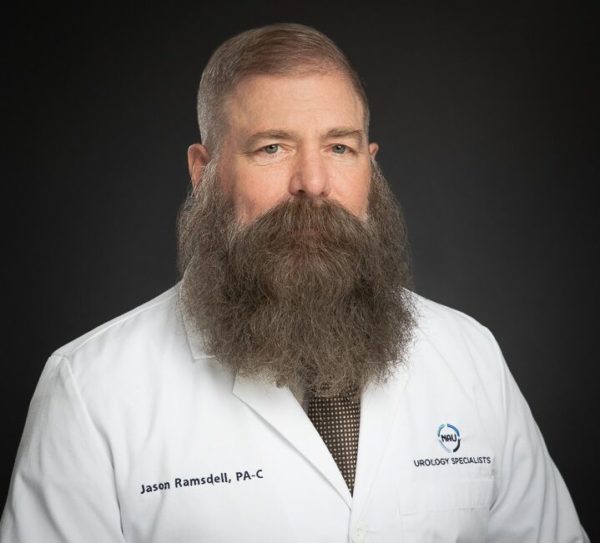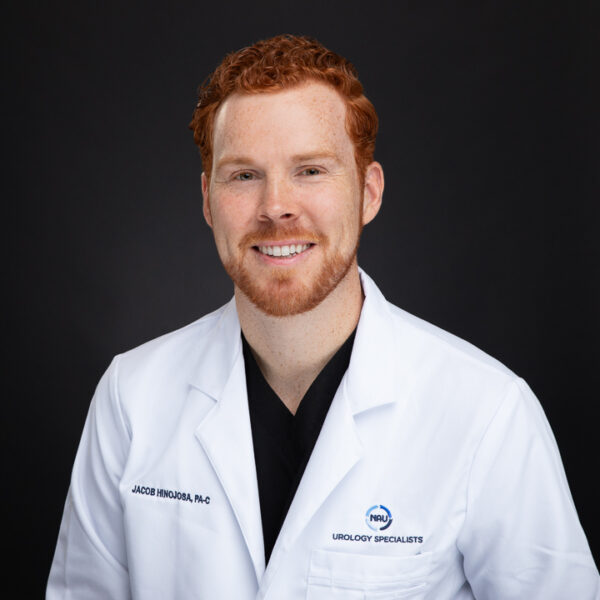
Know the warning signs of testicular cancer
The testicles are two egg-shaped male sex glands inside the scrotum that produce testosterone and sperm. Testicular cancer is cancer that forms in one or both testicles. It’s a rare form of cancer most common in men ages 20 to 35. Our North Austin urologists emphasize the importance of knowing about testicle cancer symptoms, performing regular self-exams, and reaching out to get help when you have any concerns.
What are the testicle cancer symptoms?
Men should be aware of the most common symptoms of cancer of the testicles.
- A lump in the testicle
- Swelling in the testicle
- Discomfort or pain in the testicle, scrotum or groin
- Dull ache in the abdomen or groin
- A build-up of fluid in the scrotum
- Changes in breast tissue
If you notice any of these symptoms, make an appointment with a urologist. In particular, a lump in the testicle should be evaluated immediately, as it is the most common physical symptom of testicular cancer. Do not “watch and wait” hoping it will go away. Our North Austin urologists will perform a physical exam to determine whether a tumor or another issue is causing the lump.
Testicular cancer risk factors
Specific risk factors increase a man’s chance of developing this disease.
- Immediate family history (father or brother)
- Undescended testicles (did not descend before birth)
- Abnormal testicle development
- Previous cancer of the testicles
- Being white
Diagnosing this form of cancer
Our North Austin urologists take one or more of the following steps to determine whether a man has this type of cancer.
- Medical history and physical exam
- Testicular ultrasound, which allows the doctor to see more detail in the testicles and scrotum
- Blood test, which checks for proteins and hormones made by some testicular cancers
A biopsy is not used for diagnosing cancer in the testicles. If a lump is believed to be cancer, the urologist will do surgery to remove the testicle. Testing is done on the tissue to determine the type of tumor after the testicle is removed, to avoid the spread of cancer cells into the scrotum and lymph nodes.
Determining treatment
A decision on the best treatment for testicular cancer is based on several factors.
- Stage of the cancer (whether it is contained to the testicles or has spread to other parts of the body)
- Type of cancer
- Size of the tumor
- Whether lymph nodes are involved
- The patient’s age and plans for future children
Once these factors are evaluated, treatment options are available.
- Surgery to remove the testicle
- Radiation therapy
- Chemotherapy
- Surgery with chemotherapy
After these treatments are completed, active surveillance is used to monitor for a cancer recurrence.
Self-exam for early diagnosis
A monthly self-examination of the testicles is useful in finding any changes or abnormalities. Regular self-exams provide a baseline or “normal” for a man, which makes it easier to notice changes. Identifying those changes early can find cancer before it spreads to other parts of the body and allows for more effective treatment.
Our North Austin urologists recommend that men begin doing self-exams as teenagers.
- Do the exam after a warm shower.
- Stand in front of a mirror to allow for a visual exam, and check the scrotum for swelling.
- One at a time, gently roll the testicle between your fingers to feel the entire surface.
Healthy testicles are similar in size and feel firm and spongy. Contact your urologist if you feel a lump, soreness, swelling or any other changes.
If you have questions about the health of your testicles or anything you find during a self-exam, contact our North Austin urologists for an appointment. North Austin Urology is available to evaluate any testicle cancer symptoms and address your concerns.














